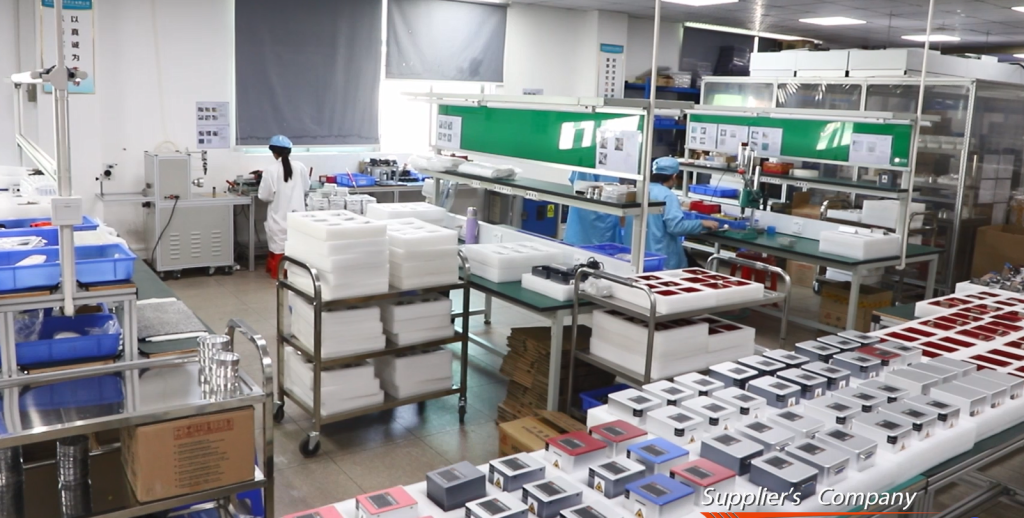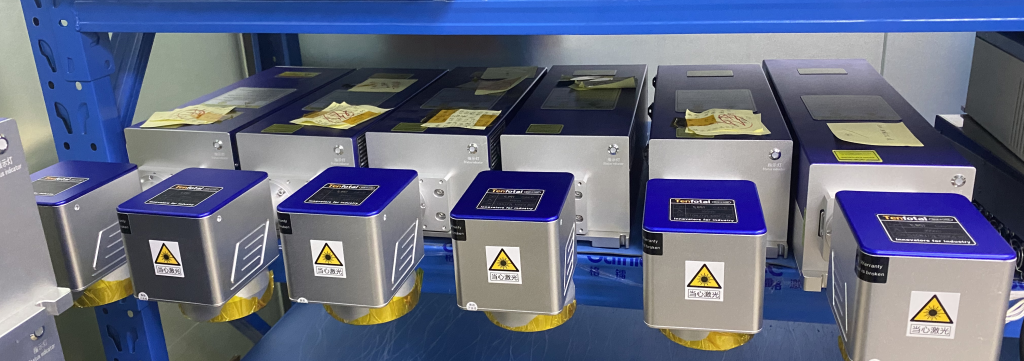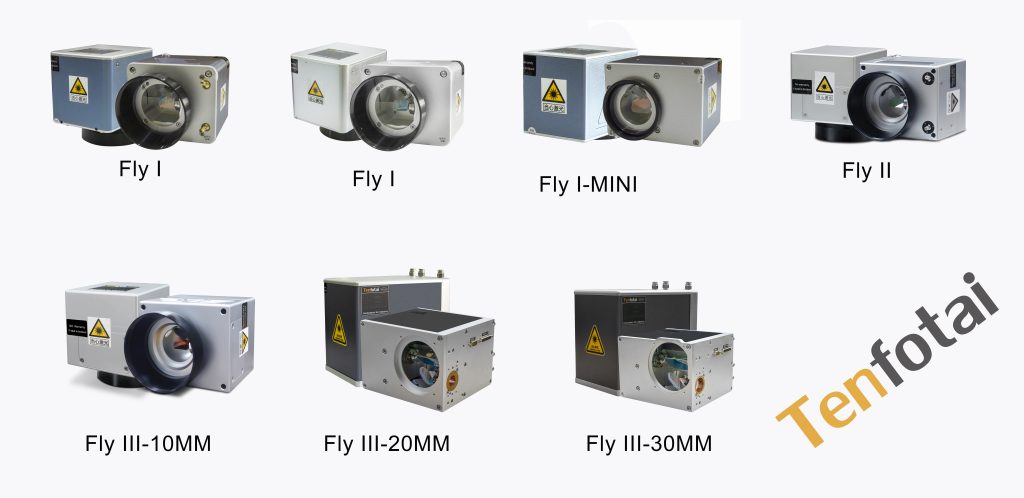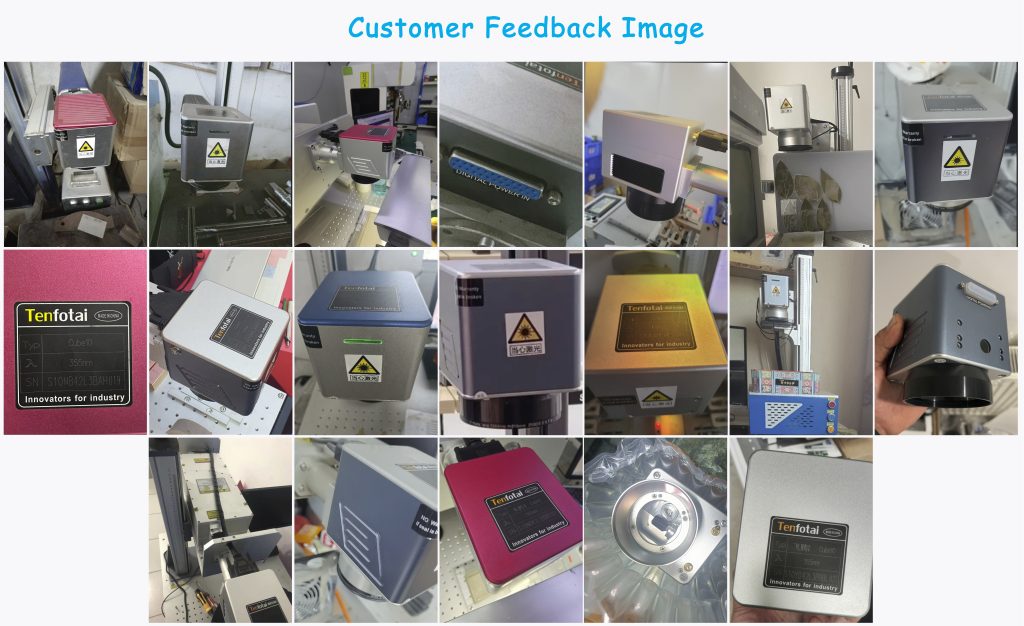Every technological marvel of today had a predecessor of some kind. Galvanometer scanners can trace their lineage back to the groundbreaking work that Luigi Galvani did in the field of bioelectromagnetics. Primitive galvanometers were rudimentary measuring devices that were primarily utilized for locating and analyzing electrical currents. As a reflection of humanity’s never-ending pursuit of knowledge, they progressed from being straightforward current detectors to being cutting-edge laser directors.
The modern galvanometer scanner evolved, refined, and is now practically error-free amidst the technological disruptions that the 20th century brought.

For purposes such as directing or scanning laser beams, galvanometer optical scanners, also known as Galvos or Galvo scanners, use motorized mirror mounts and systems. Other names for galvanometer optical scanners are galvos. They are ideal for rapidly and extremely precisely directing the movement of very narrow laser beams. Galvo Scanners are extremely dynamic electro-optical components that put a laser beam precisely and repeatedly, utilising a rotatable low-inertia mirror. These components are typically used in medical imaging and defense applications. Galvanometer scanners are utilized in a wide variety of settings, including but not limited to the following: manufacturing, packaging, cutting, welding, laser light shows, materials processing, and many more.
The word galvanometer comes from the kind of motor. Limited-rotation DC motors are galvanometer motors. An inbuilt position detector that permits closed-loop servo control of the motor by supplying a position signal proportionate to the rotation of the motor shaft allows for controlled motion.
The heaters and temperature sensors regularly utilised in galvanometer scanners make it feasible to maintain precise control over the environment’s temperature. This maintains a constant temperature for the gadget and increases its long-term stability despite the constantly shifting conditions of the surrounding environment, which is important.
Galvanometer scanners are utilised in a wide variety of settings, including but not limited to the following: manufacturing, packaging, cutting, welding, laser light shows, materials processing, and many more. The industry has undergone a number of essential shifts throughout the course of the previous year.
When current travels through a coil in a magnetic field, the torque experienced by the coil increases proportionally to the current. Initially, galvanometric instruments monitored the electric current flowing through the coil. All moving coil meters were built around these elements. In the context of lasers, the term “galvanometers,” often referred to as galvoscanners, nanopositioners, or galvos, denotes a high-resolution rotary motor with a mirror attached in place of a pointer. Galvopositioners are less precise and consequently less expensive options for beam steering, whereas nanopositioners primarily move a stage with high precision and may also steer laser beams. Very low-precision galvos, like the scanners used in grocery stores, can be referred to as optical scanners. The majority of low-precision galvoscanners produced in China are used in laser light show systems, where performance is mainly determined by speed.
For today’s high-performance systems, the galvo component, an actuator that moves the mirror, is available in two configurations, according to Aylward. The moving magnet configuration tends to have greater system-resonant frequencies, which is a desirable characteristic in galvos that range from single to more than 20 KHz. In this configuration, the magnet is part of the rotor, and the coil is part of the stator (the stationary component of the motor). The other configuration optimizes torque-to-inertia ratio and torque efficiency by integrating the coil into the rotor and the magnet into the stator. The original moving iron arrangement, a third type of actuator, used an iron rotor that provided excellent torque but had limitations on high-speed performance and positioning precision.

Three underlying ideas underlie how a Galvo scanner works:
The motor or galvanometer, the mirror or mirrors, and the “servo”—the driver board that manages the system—are the three essential components of a galvo system. These three components and the choices that can be made with them are what ultimately determine the performance of the system. “System positioning performance used to be measured in milliseconds,” states Red Aylward, president of Cambridge Technology Inc. (CTI, Lexington, MA). CTI is located in Lexington, Massachusetts. Due to the fact that galvo systems have step periods of 100 s and rms frequencies that are larger than 2 kHz, many of the design requirements that were previously applicable are no longer appropriate.
The precise angular position of the mirrors that are affixed to the shaft of a galvanometer can be measured with the help of a very accurate position detector that is either an analogue detector (which may be optical or capacitive) or a digital encoder. Galvanometers are equipped with these types of detectors. It elucidates However, the weight of the detector has an effect on its speed. Capacitive detectors have a high signal-to-noise ratio and strong linearity, but their speed can be affected by their weight. The advantage of optical detecting galvos is their improved speed; nevertheless, the drawbacks are a rise in noise and a decrease in linearity.
In addition, servo technology can either be analogue or digital in nature. The feedback for the servos comes from the closed-loop galvos. The driver boards for the servos can be analogue PID-type driver boards or, more recently, fully digital state-space driver boards. According to Aylward, a closed-loop galvo is a limited-angle actuator that has an integral angular position detector and is designed for extremely quick (100 s) and highly accurate (single micro-radian repeatability) positioning when driven and controlled with a servo-control driver board. The typical amount of rotation that a closed-loop galvo is capable of is less than 40 degrees. Open-loop galvos often have a lower accuracy, although they cost less than closed-loop models. In addition, resonant scanners with frequencies up to 16 kilohertz are offered for use in applications that demand higher speeds. The most common type of closed-loop subsystems, also known as scan heads, consists of two mounted x-y galvos, two mirrors, and two servos all bundled together in a box. These scan heads are ready for lensing in a range of applications, including materials processing.

The use of Galvo scanners has a considerable influence on the economy and societal structures of countries all over the world. They are accountable for the production of new jobs and the promotion of innovative practises across entire industries in the world. They have also encouraged entrepreneurial endeavours all around the world and democratized access to specific technological advancements.
In light of the significance of the Galvo scanner, a number of educational institutions have incorporated specialized training programmes and courses into their existing course offerings. Through participation in hands-on workshops and in-depth research projects, participants will work towards the development of the next generation of innovators.
Galvo scanners have made significant progress, but they still have a ways to go before reaching their full potential. The discoveries that have been made in quantum physics, nanotechnology, and artificial intelligence have given the future an optimistic and unlimited appearance.
Producing galvanometers that are capable of operating in several wavebands, specifically at 355 nm, 532 nm, 1064 nm, and 10600 nm, has a variety of applications. The majority of these applications are concentrated within the field of lasers. Each of these wavebands is associated with a particular laser wavelength; hence, the galvanometers that are designed particularly for these wavelengths are required in order to achieve accurate control and measurement of the related laser systems. An explanation of how these galvanometers are utilized with lasers is provided in the following paragraphs:
Certainly, there are general definitions of each type of waveband without specific applications:

355nm Waveband:
The 355nm waveband falls within the ultraviolet (UV) spectrum.
UV light at 355nm has shorter wavelengths and higher energy than visible light.
532nm Waveband:
The 532nm waveband is in the green region of the visible spectrum.
It corresponds to green laser light with a specific wavelength.
1064nm Waveband:
The 1064nm waveband is located in the infrared (IR) part of the electromagnetic spectrum.
10600nm Waveband:
The 10600nm waveband is in the far-infrared range.

Galvanometer scanners are an example of human ingenuity in its purest form, which is why they are so useful. The fact that they sprang from humble origins and have since developed into technical wonders is evidence of humanity’s unwavering dedication to the cause of progress. There is one thing that can be claimed with complete assurance as we get closer to developments in the future: galvo scanners will continue to illuminate our route forward and carve new entries into the annals of creativity as we get closer to advances in the future.